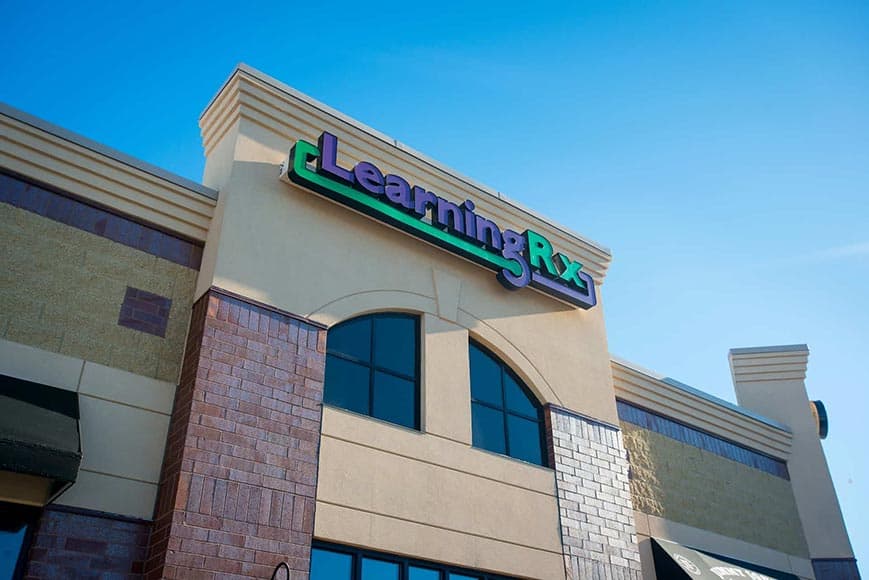How to Help Students with Reading Problems
Reading is an essential skill that opens doors to knowledge and opportunities. But for some children, learning to read doesn’t come easily. If your child is struggling with reading, you are not alone. The key is to identify the specific issue and provide targeted support to help them overcome these challenges. Research shows that when children receive the right kind of help early on, they are more likely to succeed in reading and other academic areas.
First, Identify the Type of Reading Problems
Understanding the type of reading difficulty your child is facing is the first step in finding a solution. Broadly speaking, reading problems fall into three categories:
Specific Word Reading Difficulties (SWRD)
This type of difficulty is characterized by problems with decoding, phonics, and recognizing words. Children with SWRD may read slowly, mispronounce words, or struggle to sound out unfamiliar words. Often referred to as dyslexia, this condition affects up to 10% of school-aged children .
Specific Reading Comprehension Difficulties (SRCD)
Children with SRCD can often read words correctly but struggle to understand the meaning of what they read. They may have difficulties answering questions about a text or drawing inferences, even though their word-reading skills are on par with their peers.
Mixed Reading Difficulties (MRD)
Some children face a combination of both word reading and comprehension difficulties. These children may read slowly, struggle with phonics, and also have trouble understanding the text. This group is considered the most at-risk for falling behind academically .
Reading Begins in the Brain, Not the Books
Before we can solve reading problems, it’s important to understand how the brain processes reading. Reading isn’t a skill we are born with—it’s learned. Neuroscience research shows that reading requires the coordinated effort of multiple brain areas, including those responsible for visual processing, auditory processing, and language comprehension .
Studies using brain imaging have shown that children with reading difficulties, such as dyslexia, often have underdeveloped connections in the left hemisphere of the brain, which is crucial for phonological processing—the ability to recognize and manipulate the sounds of language . The good news is that the brain can be changed. With targeted interventions, the brain’s neural pathways can be strengthened, improving reading skills over time.
Targeted Help for Students with Reading Problems
Once you’ve identified the type of reading difficulty your child has, you can take action. Here are some strategies backed by research that can help:
- Phonics-based Programs: For children with specific word-reading difficulties, phonics-based instruction is key. Research has shown that systematic phonics programs significantly improve decoding and word recognition skills. Look for programs that focus on building phonemic awareness and sound-letter correspondence.
- Reading Comprehension Strategies: For students with comprehension difficulties, it’s important to teach specific strategies, such as summarizing, questioning, and predicting. Studies have demonstrated that using these strategies can lead to measurable gains in understanding .
- Cognitive Skills Training: Programs that target cognitive skills like attention, memory, and auditory processing can be particularly beneficial for children with mixed reading difficulties. Research on LearningRx, for instance, has shown improvements in these cognitive areas, leading to better reading outcomes for students with dyslexia and other reading challenges.*
Early intervention is crucial.
By addressing the root cause of reading struggles and not just the symptoms, parents can help their children become more confident and successful readers.
*Results based on studies and surveys of past clients. Individual outcomes may vary.







